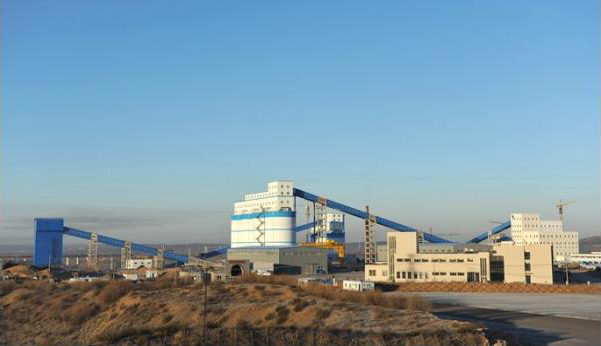With the increasing demand for clean energy in various regions, coal mine exhaust gas has become a topic of great concern. Lack of air and gas are two common but dangerous factors in coal mines, and there is a close relationship between them. At the same time, special treatment methods are also needed to ensure the safety and environmental protection of coal mines.
Let's have a basic understanding of wind exhaustion and gas.
Lack of air: Lack of air refers to the process of maintaining air flow in a coal mine to ensure fresh air in the mine and eliminate harmful gases and smoke. The exhaust system usually consists of fans, ventilation ducts, and air flow monitoring systems. One of the key functions of wind exhaustion is to dilute the gas concentration in the mine to reduce the risk of explosion.
Gas: In coal mines, underground ore layers typically contain combustible gases such as methane (gas). Gas is a highly dangerous gas because it can cause explosions at a certain concentration. Gas explosion is one of the main causes of coal mine accidents.
There is a close relationship between ventilation and gas, especially in terms of coal mine safety.
Gas emission and control: The exhaust system helps eliminate gas from underground mines by continuously circulating fresh air. This is one of the key gas control measures, as maintaining a low level of gas concentration in the mine is crucial to reduce the risk of explosion.

Explosion prevention: The exhaust system also helps prevent gas explosions. By maintaining appropriate ventilation, gas can be diluted to a concentration that is insufficient to trigger an explosion. In addition, miners and monitoring systems can detect potential gas leaks and take measures to prevent explosions.
Now, let's take a look at some methods for dealing with coal mine exhaust gas to ensure the safety and environmental protection of the mine.
Efficient exhaust system: To ensure ventilation efficiency, coal mines should invest in efficient exhaust systems. This includes selecting fans of appropriate size and performance, as well as regularly maintaining and cleaning the ventilation system. An efficient exhaust system not only helps to control gas, but also improves the working environment for miners.
Gas detection and monitoring: Coal mines need to install gas detection and monitoring systems, as well as train miners on how to use these equipment. These systems can detect gas leaks in a timely manner in order to take emergency measures. Automated monitoring systems can provide real-time data to help identify potential risks early.
Regular mine inspection: It is important to regularly inspect the mine and gas drainage system. These inspections can identify potential problems, ensure normal equipment operation, and take necessary maintenance measures.
Gas utilization: Some coal mines adopt gas utilization technology to convert gas into energy. This not only helps to reduce gas emissions, but also provides additional energy sources for coal mines.
The lack of air and gas in coal mines is a key issue for coal mine safety and environmental protection. Understanding the relationship between them and adopting appropriate handling methods is crucial for reducing the risk of gas explosions and other accidents. By investing in efficient exhaust systems, gas detection and monitoring technologies, and regular mine inspections, coal mines can improve safety, reduce environmental impacts, ensure employee health and production efficiency, and also contribute to the development of clean energy. This will make the coal mining industry more sustainable while protecting the Earth's environment and our future.







Comment